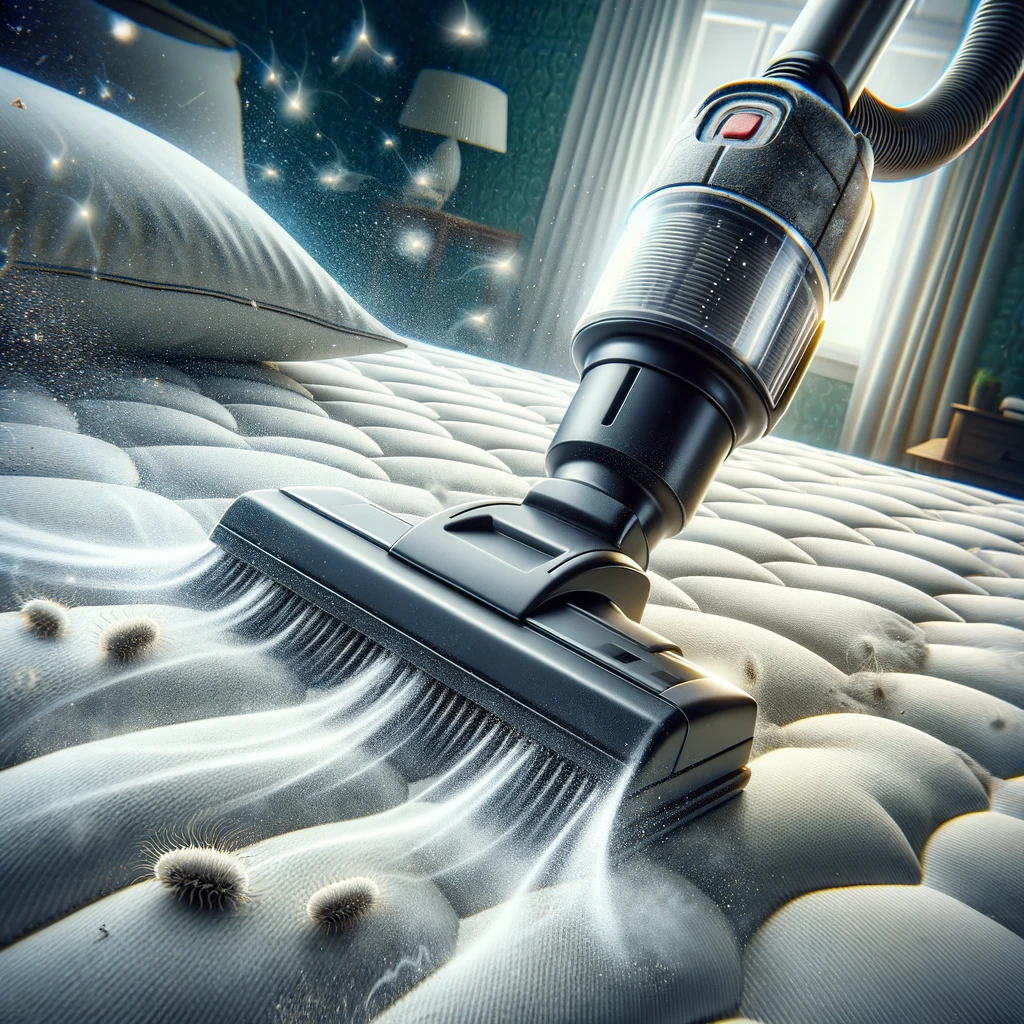5 Simple Steps to Clean Mattress: How to Refresh Your Bed Easily
Oh, the joy of jumping into a fresh, clean mattress at the end of a long day! But when was the last time you gave your mattress a little TLC? If you can’t remember, it’s probably overdue for a refresh. Not to worry, though! I’ve got a super simple 5-step guide to help you make your mattress feel brand new again. Trust me, it’s easier than you think, and you don’t need any fancy gadgets or harsh chemicals. Let’s dive in and get your bed feeling like a dreamy cloud! 1. Strip and Wash When you start with stripping your bed, it’s not just about removing the sheets and covers; it’s about setting the stage for a thorough clean. Begin by peeling away every layer, including any decorative items like throw pillows and blankets that often get overlooked. These items collect dust and allergens just as much as your regular bedding, so giving them a clean (according to their care instructions) can really freshen up the whole bed. As you load your washing machine, make sure to separate items by color and material type. This is important because different fabrics require different washing temperatures and settings to avoid damage. For example, cotton sheets can generally handle a hot wash, which is great for killing germs, but more delicate materials might need a gentler approach. If your washing machine has a sanitize cycle, using it for your bed linens can be particularly effective in eliminating dust mites and other allergens. If you’re concerned about using too much heat or have items that are too delicate for hot temperatures, adding a laundry sanitizer to your wash can offer a similar level of deep cleaning without the risk. For duvets and comforters, consider their size and material before deciding whether to wash them at home or take them to a professional. Large or particularly bulky items might not fit properly in a standard washing machine and could benefit from the larger capacity of commercial machines at laundromats or from professional cleaning services that know how to handle them without causing damage. Drying your bedding is just as crucial as the washing process. Make sure to thoroughly dry sheets, pillowcases, and mattress covers to prevent any mildew or mustiness. Again, pay attention to fabric care labels. While many items can go in the dryer, others might be better off air-dried to preserve their quality and shape. 2. Vacuum the Mattress When you start vacuuming, it’s best to do so in a methodical manner. Begin at the top of the mattress and work your way down in overlapping, narrow paths to ensure you’re covering every inch of the surface. This systematic approach helps to make sure no spot is missed, especially since it’s easy to overlook areas that don’t seem dirty at first glance. The sides of your mattress are just as important as the top. Many people forget about this part, but the sides can harbor just as much dust and debris, particularly if you have a bed frame that allows dust to settle from the floor onto the mattress edges. Use the same careful, overlapping strokes here, and don’t rush. It’s these often-ignored areas that can make a significant difference in the overall cleanliness of your bed. Seams and crevices are indeed hotspots for dust and allergens. These areas provide the perfect hiding spots for particles to accumulate undisturbed. When you reach these parts, slow down and use the vacuum’s crevice tool if available. This attachment is specifically designed to get into tight spaces and remove debris that other tools might miss. Sometimes, giving these areas an extra pass or two can lift out dust that’s been compacted over time. If your mattress has any buttons, fabric folds, or embroidery, these are areas where dust can easily be trapped. Carefully vacuum around these decorations, being careful not to damage the mattress. The goal is to remove dust without harming the mattress’s structure or appearance. This vacuuming process not only helps in removing visible dust and particles but also aids in reducing the number of allergens, such as dust mites and pet dander, that can cause nighttime allergies and affect sleep quality. Moreover, removing dead skin cells lessens the food supply for dust mites, contributing to a healthier sleeping environment. 3. Spot Clean Stains When mixing your cleaning solution, it’s important to consider the type of stain you’re dealing with. A general mixture of dish soap and water is a great starting point for most stains, as it’s gentle enough not to damage the fabric but effective enough to tackle light to moderate stains. However, the ratio of soap to water should be low to avoid creating too much suds, which can be difficult to rinse out. A teaspoon of dish soap to two cups of water is a good guideline. For more stubborn stains, such as blood or urine, you might need a different approach. Hydrogen peroxide, for example, can be effective for blood stains, but it should be used sparingly and tested on a small, inconspicuous area of your mattress first to ensure it doesn’t bleach the fabric. Always dab the stain rather than rub, as rubbing can spread the stain further or embed it deeper into the mattress fibers. Applying the cleaning solution should be done with a light hand. Use a clean, white cloth to avoid any color transfer from the cloth to the mattress. Dab the stain gently, working from the outside in to prevent the stain from spreading. Allow the solution to sit for a few minutes to break down the stain, then dab again with a dry cloth to absorb the solution and lifted stain. This may need to be repeated several times for tougher stains. For oil-based stains, such as makeup or greasy food, a solution of baking soda and water can be effective. Make a paste and apply it directly to the stain, letting it sit for 30 minutes to an hour.
5 Simple Steps to Clean Mattress: How to Refresh Your Bed Easily Read More »

